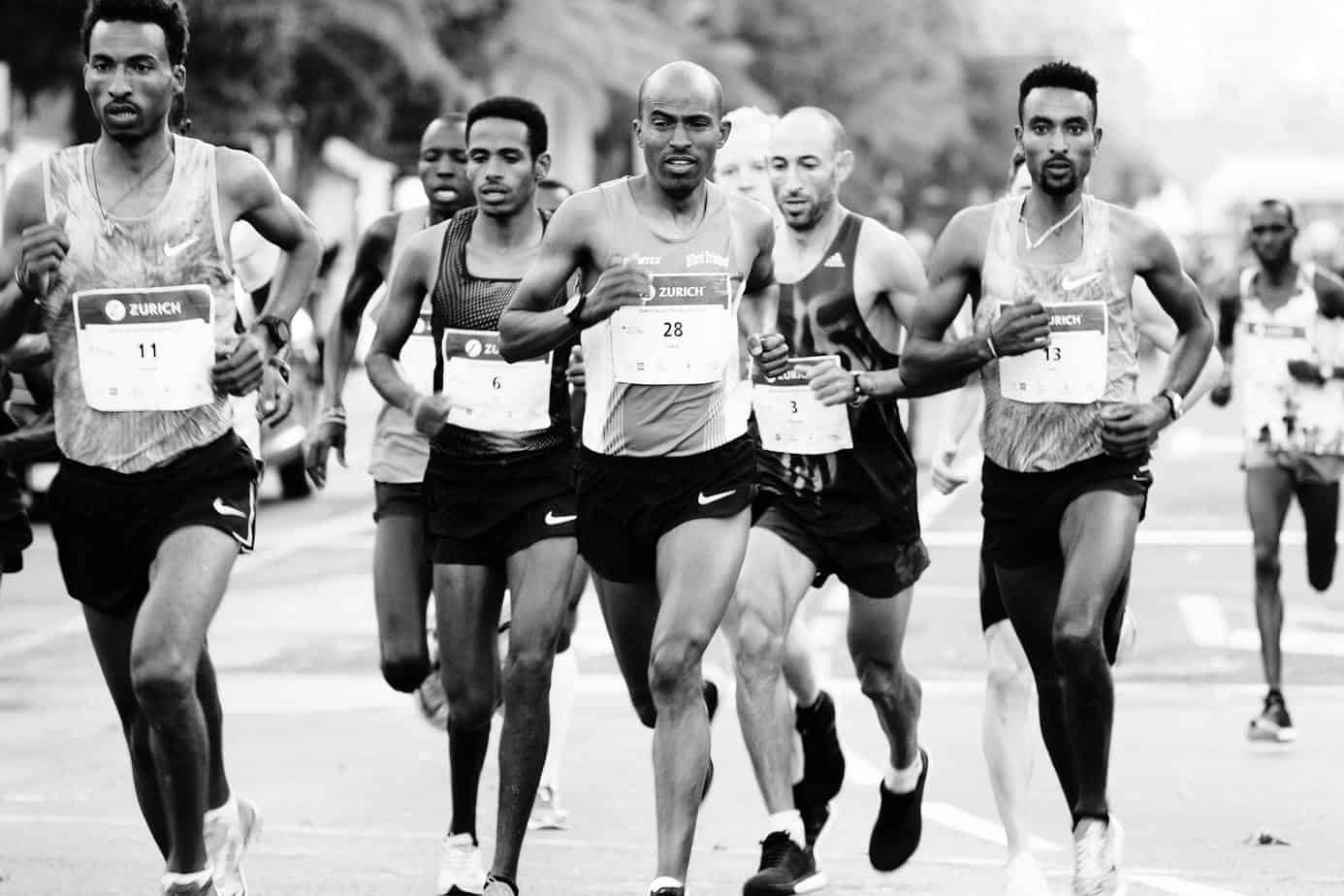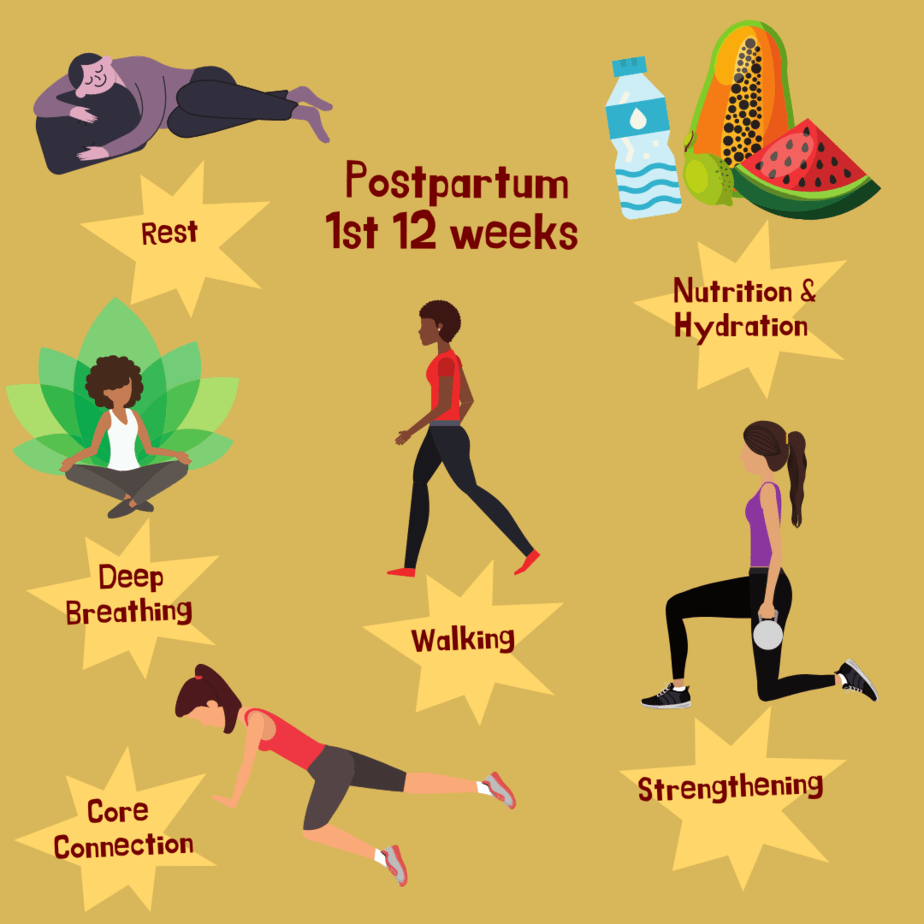Mulvodynia? Vulvar Pain is No Laughing Matter

Remember that episode of Seinfeld when Jerry forgot his new girlfriend’s name? All he could remember was that it rhymed with a female body part. Testing out some options, he whispered, “Mulva….” in her direction, but he got no response.
What is the Vulva?
Mulva, of course, rhymes with vulva. The vulva is really a collection of female anatomical structures and not a single body part. The term is used to describe structures of the external female genitalia, including the mons pubis (the fat pad that cushions the pubic bone) labia majora (outer lips), and labia minora (inner lips), openings of the urethra and vagina, the perineum, and the clitoris. Jerry’s girlfriend was named Delores, by the way.
What is Vulvodynia?
It is not unusual for women to have vulvar pain – pain in some or all of these structures. When this pain occurs, it is known as vulvodynia. Some women with vulvodynia experience a general pain throughout the area, while other have pain in a more localized spot. The pain itself can vary in nature – it can be aching, stabbing, itching, throbbing, or burning.
For some women, the pain of vulvodynia is intermittent and they have period of relief in between bouts of pain. For others it is constant. Many women who suffer from vulvodynia find sitting difficult and experience pain during intercourse. Some find the idea of intercourse unthinkable.
Vulvodynia is a common problem, but that doesn’t mean it shouldn’t be taken seriously. It can interfere with your life and lead to anxiety and depression, difficulty sleeping, relationship difficulties and other issues. It can be difficult to open up about such intimate issues, but for these reasons vulvar pain merits medical attention.
How to get diagnosed?
A healthcare provider will first rule out any identifiable cause of the vulvar pain such as infection or injury. If no cause can be found, which is often the case, treatments to alleviate symptoms can be prescribed.
It is important to note that pain without a known cause is just as real as pain whose source is identified. This is why the American College of Obstetricians and Gynecologists emphasizes that “it is important to begin any treatment approach with a detailed discussion, including an explanation of the diagnosis and determination of realistic treatment goals.”
Options for Treatment
There are a number of treatments used for vulvodynia, including medications, nerve blocks, and surgery. But pelvic floor physical therapy offers a less invasive, more nuanced approach to the problem than some other treatment options.
What is Pelvic PT?
A pelvic floor physical therapist specializes in the pelvis and other structures within the body which may be affected. Treating the vulva in isolation may not be enough to fully resolve your symptoms. Your pelvic floor physical therapist will provide treatments and home exercises that address the issues in the vulva as well as other surrounding structures.
Living with vulvodynia can be trying. Physical therapy offers a treatment option that may provide relief without need of the more invasive procedures available. It’s important to find a healthcare provider with experience and compassion for women who struggle with this condition. This is the first step to discussing your symptoms and starting your road to recovery – working together, with your therapist.
___________________
Would you like to discuss your pelvic health with a physical therapist with specialized training in pelvic issues







